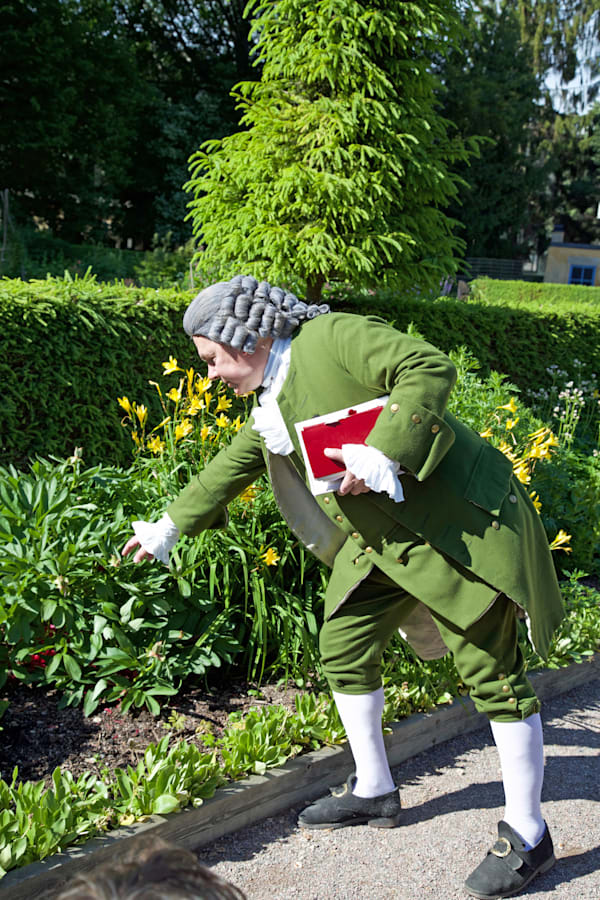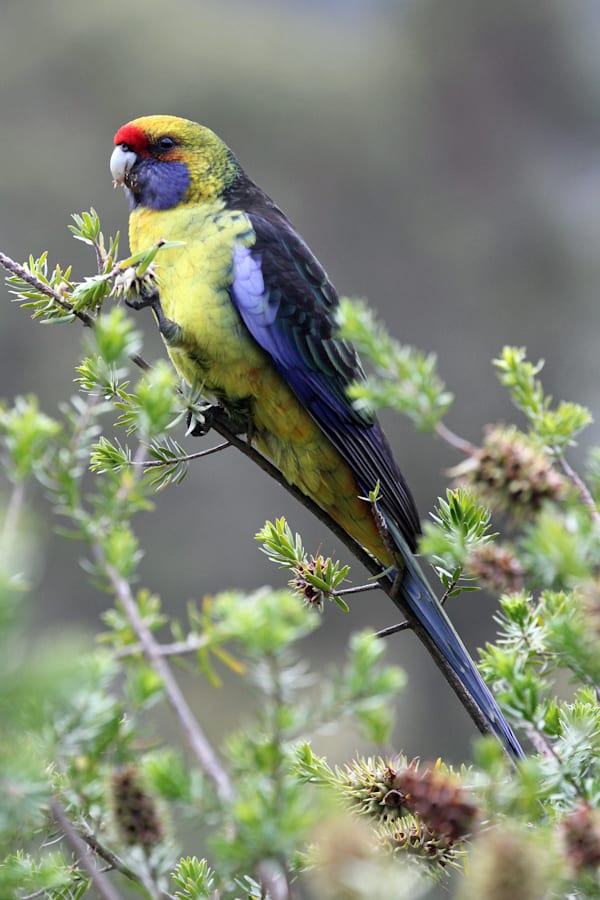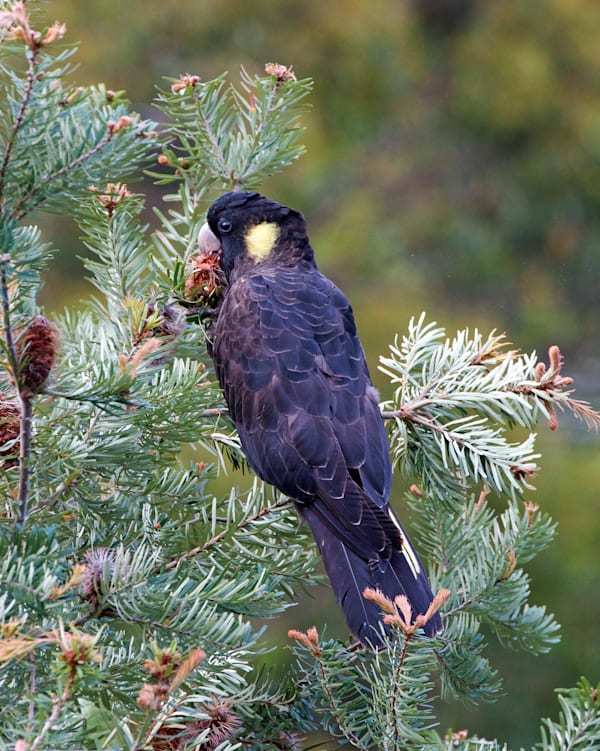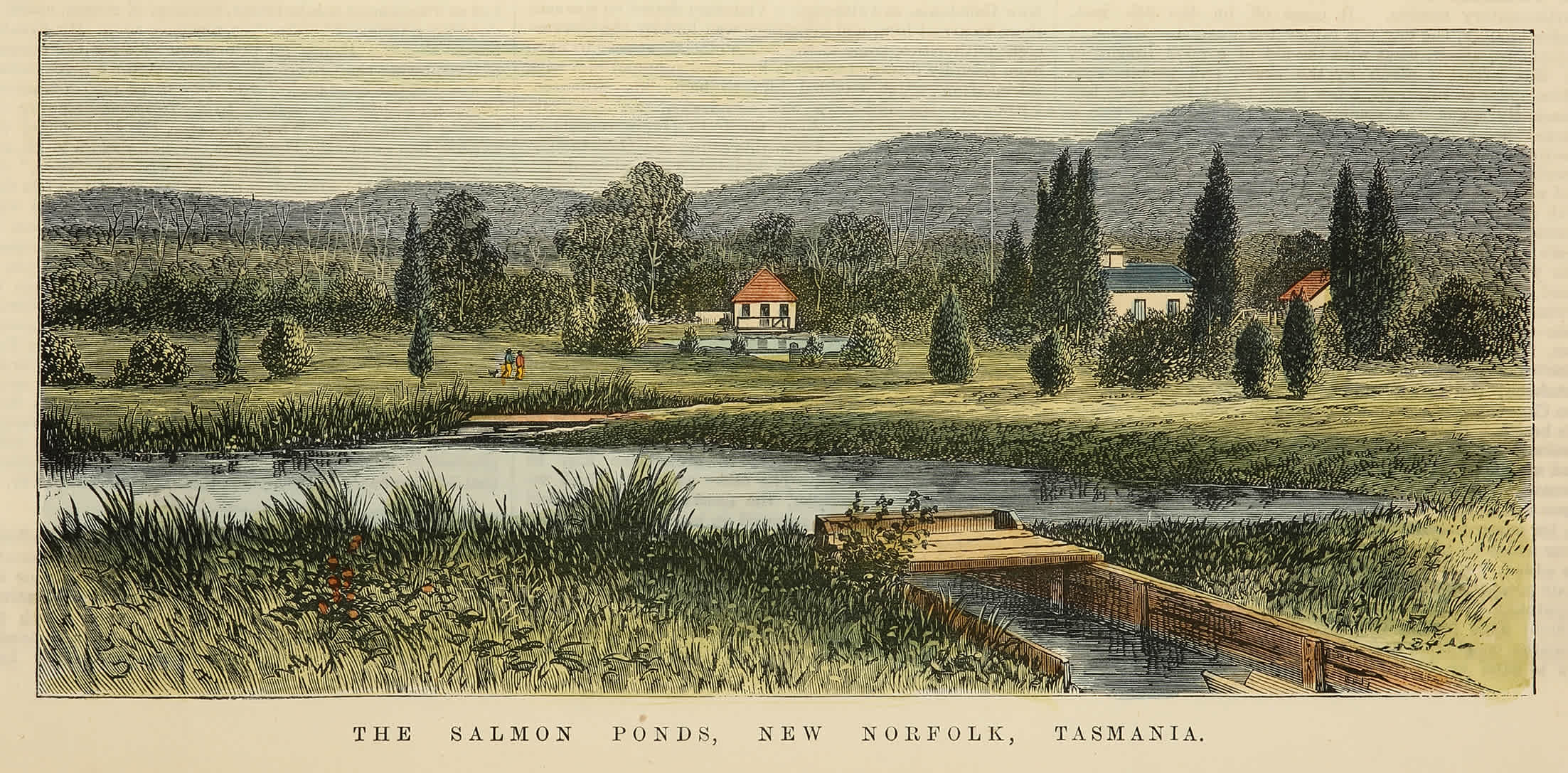It’s high season for birds in that bit of suburban bush we call The Patch. During summer walks we hear and see a dozen or more species. It’s hard to miss the forest ravens, clinking currawongs, native-hens and sulphur-crested cockatoos, all large and noisy. The quieter ones are there too, including various species of pardalotes, wattlebirds, cuckoos and honeyeaters.
But today there’s one that’s furtive, flighty, hard to identify. A shape flits high among the branches, utters a muffled call, but those clues are not enough for me to name it. I smile and file it under LBB (for “little brown bird”, or WBJ, as I heard them called in Scotland, meaning “wee brown jobbie”).
That urge to file brings to mind the man who started the systematic arrangement of species. Carl von Linné (1707-1778), most commonly known as Linnaeus, was a Swedish doctor and botanist. His ambition was to systematise and categorise nothing less than all life on earth. "God created, Linnaeus arranged," he is quoted as saying.
I once visited Uppsala, where Linnaeus did his major work. It is a beautiful small city some 70 kilometres up-lake from Stockholm. I felt as though I actually met Linnaeus, since we were accompanied on our visit to the Linnaean Garden by Swedish journalist/actor Hans Bodöö. Since 1978 he has studied – and acted the life and works of – Carl van Linné. Bewigged and costumed like an 18th century gentleman scientist, he guided us through "his" studies, trials and tribulations in Sweden and beyond.
Hans Bodöö as Linnaeus in Stockholm's Linnaean Garden
Linnaeus’ biggest breakthrough, the binomial taxonomic system, is now taken for granted by scientists. The system divides specimens into groups according to specific characteristics, eventually ending up with the genus/species double name we Homo sapiens are now so familiar with.
Linnaeus inspired a generation of students to go, literally, to the ends of the earth in pursuit of scientific study. One such was Daniel Solander, who accompanied James Cook and Joseph Banks on their voyages to Australia and the sub-Antarctic.
Sometimes the binomial system throws up some surprising humour. Today in The Patch there are some birds which are anything but LBBs. Three large dark birds lollop and squawk their way across the valley: yellow-tailed black cockatoos (Calyptorhyncus funereus). Their scientific name roughly translates “hidden beak” and “funeral like”. And how apt that species name is for these solemn, stately birds whose tail feathers trail behind like the long coat-tails of an old style undertaker.
I watch as they land in a large banksia. As if their funeral duties are over, and solemnity can cease, they start feasting on the cones. They converse in a very Australian way, via scratchy half-squawks and atonal squeaks.
Rosella (Platycercus caledonicus)
Over the ruckus of the cockies, I hear the soft “ting” of green rosellas (Platycercus caledonicus). These beautiful parrots are found only in Tasmania, and we’re lucky enough to see flocks of them both here and in our garden. I watch as a few of them alight on a kunzea bush. Without a sound – not even their soft, bell-like contact call – they work away at the seed heads.
They are normally shy, but these ones are so intent on eating that I can study them carefully without disturbing them. Their markings are subtly spectacular, from a fluoro lime-yellow head and chest to a striking crimson frontal band; and from a back that's an olive-blue plaid to a tail that's a rhapsody in blue-green.
If the binomial of the yellow-tailed black cockatoo was deliberately felicitous, the scientific naming of rosella may be accidentally so. Their genus name, Platycercus, means “flat tailed”. As a descriptor that makes sense. But I make the mistake of thinking their species name – caledonicus – is also descriptive, referring to their Scottish tartan-like back and tail. It turns out there’s an entirely different explanation.
The original specimen was collected in Tasmania’s Adventure Bay by James Cook’s ship surgeon, William Anderson. However, both Cook and the surgeon died before the return to England, and the rosella specimen became mixed up with other birds collected on Cook’s third voyage. When it eventually came to be named, it was mistakenly thought that the parrot had been collected in New Caledonia. So caledonicus it became, and remains.
Yellow-tailed black cockatoos (Calyptorhyncus funereus)
I’ve observed our resident rosellas often over the decades, once peering through binoculars as several of them de-berried a cotoneaster bush. At first I thought them sloppy, as they discarded great gobs of berry pulp beneath the bush, like gormless diners talking with their mouths full.
Slowly it dawned that the pulp was of no interest to them. By rolling the berries between their tongue and beak, they were able to break up the fruit, discard the pulp and ingest the seeds. I later learned that cotoneaster berry pulp contain cyanogenic glycosides, which are toxic. Doubtless the rosellas had learned this long before me, thereby avoiding the services of their funereus cousins.
Peter Grant lives in the foothills of kunanyi with his wife. He worked with the Tasmania Parks and Wildlife Service for 24 years as manager of interpretation and education. His passion for the natural world led him to write Habitat Garden (ABC Books) and found the Wildcare Tasmania Nature Writing Prize. More of his writing can be seen at naturescribe.com.
Click here to read more from Peter Grant's column, The Patch.











